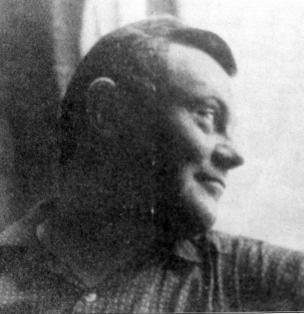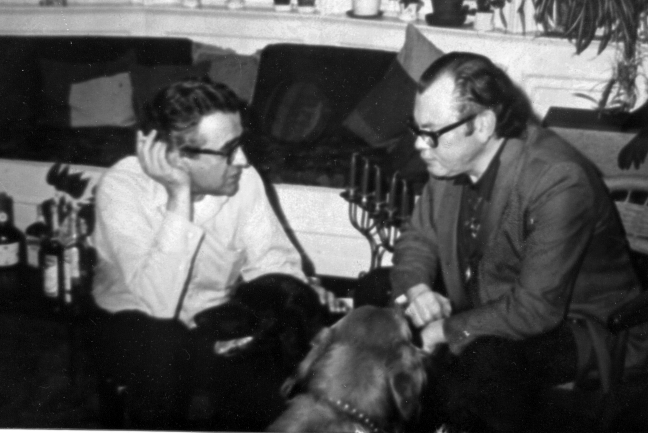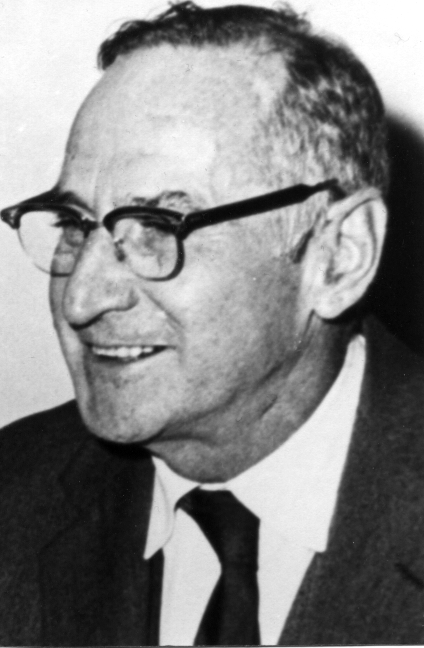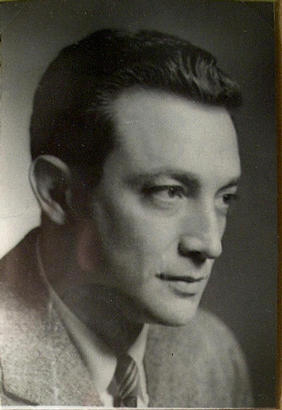
Photo by Saul Sternberg

(Galanter and Luce, 1974)

Bush came to Penn as Chairman in July, 1958 and injected a sense of excitement into it as he restructured the faculty. Duncan Luce arrived with him in that year. In subsequent years, the senior faculty was augmented by Philip Teitelbaum in physiological psychology, Richard Solomon in learning, Leo Hurvich and Dorothea Jameson in sensation-perception, David Green in sensation-perception, and Henry Gleitman in learning and memory. Many junior appointments were also made, including Jacob Nachmias in sensation-perception. In 1957, the faculty included 16 full-time positions. By 1964, the year that Henry Gleitman took over as Chairman, there were 22 full-time positions. Of these 22, only six were from the pre-Bush days. Viteles, Preston and Irwin, of the pre-Bush senior faculty, and Pepitone and Wishner of the junior faculty, became active and enduring members of the new department that Bush built. Hiring was based primarily on intellectual excellence and promise with the field of research as a secondary factor.
The changes that occurred at Pennsylvania over the period from 1958 to 1964, constitute one of the most dramatic faculty restructurings in the history of psychology in the United States. They laid the foundation for an expanding department dedicated to the principles of breadth and excellence. Followed by Gleitman's emphasis on the quality of teaching, the Department assumed its modern form by the close of the 1960's.
 Bush (right) with Henry Gleitman (left), the new chair after Bush.
Bush (right) with Henry Gleitman (left), the new chair after Bush.
The collaboration of Galanter, Bush and Luce led to publication of the Handbook of Mathematical Psychology.
Four years after Bush stepped down as Chairman, he left Pennsylvania for the Chairmanship at Columbia,
His obtuary in the Journal of Mathematical Psychology, 1974 (vol. 11, no. 3) is an excellent introduction to his life and work.
 Provost David Goddard, the administration figure most responsible
for supporting the changes that Bush proposed. At the time Bush
was proposed, Goddard was Chairman of Biology and supported the
Department's nomination.
Provost David Goddard, the administration figure most responsible
for supporting the changes that Bush proposed. At the time Bush
was proposed, Goddard was Chairman of Biology and supported the
Department's nomination.
 Eliot Stellar of the Institute of Neurological Sciences also
supported bringing Bush to Pennsylvania.
Eliot Stellar of the Institute of Neurological Sciences also
supported bringing Bush to Pennsylvania.
 Eugene Galanter, an Assistant Professor in the area of
mathematical psychology in the pre-Bush department. Galanter was
a close friend and collaborator of Bush and suggested Bush as
Chairman.
Eugene Galanter, an Assistant Professor in the area of
mathematical psychology in the pre-Bush department. Galanter was
a close friend and collaborator of Bush and suggested Bush as
Chairman.
President Gaylord Harnwell, who supported bringing Bush to Penn and the subsequent faculty development. Provost Jonathan Rhodes and Dean of the College Roy Nichols also supported this endeavor.